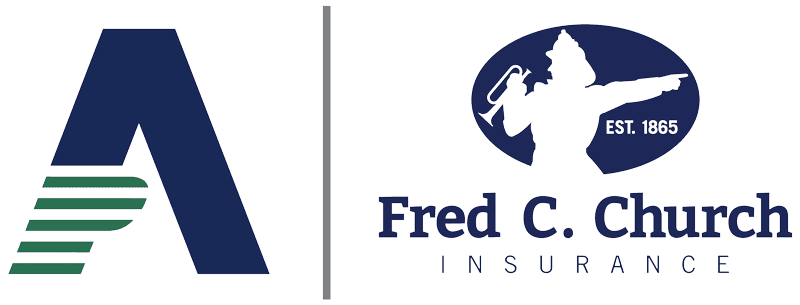- A global pandemic has resulted in substantial uncertainty and anxiety for commercial insurance carriers and their clients.
- Widespread natural disasters have caused catastrophic commercial property damage.
- The number of occurrences of sexual abuse and molestation claims in the human services workplace has continued to grow.
- Unprecedented data breaches have exposed cyber vulnerabilities across all industries.
- A “social inflation” trend of increasing litigation, broader contract interpretations, plaintiff-friendly legal decisions, and larger jury awards has contributed to steeper insurance claim costs.
- The frequency and cost of accidents and fatalities resulting from distracted commercial drivers, while reduced due to less road traffic, continue to be a major concern for the industry, especially now that more commercial vehicles are heading back out on the roads.
While events like these have historically been rare, over the past few years they have become much more prevalent. So-called “100 year events” have now appeared each decade, or even more frequently, and the commercial insurance industry is feeling the impact.
Most recently, the COVID-19 pandemic has generated a large number of business interruption and commercial property damage claims, as well as new claims across numerous other coverage lines, including General Liability, Workers’ Compensation, and Directors & Officers. Further COVID-19-related litigation is expected to continue, as is the debate over legislation that could require insurers to pay for business losses related to the pandemic.
Commercial insurers do not have sufficient funds to cover increasingly costly claims for property damage, auto accidents, cybercrime, employment practices liability, and other similar incidents. As a result, deteriorating loss ratios and a high degree of uncertainty for insurance companies have led to a “hard market” for commercial insurance products, coverage, and pricing.
A hard insurance market is characterized by the following:
- Considerable customer demand for higher coverage limits occurring simultaneously with shrinking carrier capacity and underwriter willingness to provide these extended limits.
- Stricter underwriting standards from insurers and less inclination to negotiate terms.
- Significant increases in non-renewal notices and policy premiums.
Organizations across all industries have seen rate increases on almost all of their insurance policies. In fact, 2020 has manifested some of the largest upward price shifts in commercial insurance in more than a decade.
If you are the chief executive or financial officer of a health and human services organization, it is likely that you are attempting to manage through the strategic and financial challenges of this hard insurance market. It might seem that minimizing the impact of this situation on your organization is beyond your control, just as many of the factors contributing to it were. However, armed with some critical insights about today’s commercial insurance landscape, you should be in a better position to plan your organization’s response to this unusual insurance environment.
What health and human services organizations should know about today’s commercial insurance landscape
In some ways, the upward rate movement is to be expected, after consecutive years of underpricing by commercial carriers. Rather than view this as a hard market, you could interpret premium increases as a rebalancing or market correction. That probably doesn’t make anyone feel any better about rising rates, though—especially not a health and human services organization that is simultaneously dealing with many other COVID-19-related challenges. Not surprisingly, the health and human services industry has been among the hardest hit by the current insurance market situation.
As noted earlier, there are several factors that are driving commercial insurance rates up across the board, such as the pandemic, extreme weather patterns, and the high cost of repairing today’s tech-heavy vehicles. But for organizations like yours, there are three specific issues that have the potential to make the effects of the hard market sting even more.
- Carriers are hedging against sweeping claims of abuse and molestation in the future.
Over the past two years, many states have enacted legislation that expands the statute of limitations for the filing of claims by victims of sexual abuse. This has led not only to an increase in claims of sexual abuse and molestation but also to rising insurance premiums as carriers look for ways to fund expected future claims on policies written many years ago. Many insurance carriers are concerned that another wave of claims could come at any time and are projecting double-digit rate increases for coverage for these types of incidents. - Carriers are tightening their commercial umbrella limits.
In the not-so-distant past, organizations like yours could purchase commercial umbrella policies with very high limits—as much as $10 to $25 million-plus. In the event of a tragic incident, such as an abuse and molestation claim or large auto claim, the umbrella policy would kick in with additional financial protection when your liability limits in other policies were exhausted. But most carriers no longer have an appetite for allowing high limits on umbrellas. At renewal time, your provider may not only offer you less excess liability coverage but also propose it to you at an increased rate. - Carriers are adding communicable disease exclusions to specific commercial policies while raising rates based on the potential ongoing financial impact of COVID-19.
The most common commercial policies that communicable disease exclusions are being added to are commercial general liability, professional liability, commercial property, and commercial umbrella. These exclusions have far more meaning for health and human services organizations than for other businesses, because there is always imminent risk of a communicable disease spread. For example, a nursing home is extremely vulnerable to a third-party disease exposure claim from a family member or other visitor, whereas it would be virtually impossible to prove a third-party claim that an infection was initiated on a construction site. If this coverage is explicitly excluded from your policy, then it is critical to discuss your risk management policies and procedures and your self-insurance plan with your broker. Regardless of whether your carrier is starting to include these exclusions or not, COVID-19 will have an impact on rates for the foreseeable future. The insurance industry is anticipating that pandemic-related claims and lawsuits, as well as legal challenges to communicable disease exclusions, will continue to be a risk for all carriers. The expected cost for carriers could be substantial and is already trickling down to health and human services organizations in premium renewal increases.
Unfortunately, there is no way to get around the fact that your commercial insurance rates have gone up significantly. However, there is potentially an opportunity for you to avoid the worst of the rate hikes. It just might take a bit of time and work and will require a strong collaboration with your insurance broker.
How you and your insurance broker should be approaching the 2020 insurance market
The best way to be prepared for a turn in the market—whether positive or negative—is to always stay ahead of the curve. In order to do that, you will want to partner with your insurance broker to develop a solid plan. At Fred C. Church, we recommend that commercial clients follow these three steps to successfully navigate today’s uncommon insurance market:
- Have regular conversations three to four times per year with your carrier, broker, or both.
Getting information straight from the horse’s mouth is the best way for your broker to truly understand, and potentially anticipate, insurance market trends that could impact your organization. In these discussions, your broker should be asking your carrier specific questions about what direction your insurance rates are heading. Then, your broker should bring this information back to you and explain clearly how this may impact your insurance products and premiums at renewal. - Develop both short- and long-term plans to help manage your risks and insurance expense.
Having one-, three-, and five-year plans in place should make it much easier for your organization, along with your broker, to respond to the ebb and flow of insurance rates in any given year. While this year is an extreme case, in which rates are expected to jump by double-digits for many clients, the insurance market fluctuates every year based on what is going on in the world. Those organizations with a well-thought-out strategic insurance and risk management plan are the ones that are most likely to experience rate increases that are lower than the market is showing. A large part of this plan should focus on loss control programs and other ways to improve your risk profile. This will generally put you in a better position to weather a rate storm. - Work with a proactive broker who will walk you through all your options well in advance of renewal.
Is this a good moment in time to remarket your insurance? Or should your broker be spending more time negotiating with your current carrier to try to get the lowest increase possible? This is an important discussion that your broker should be broaching with you, sooner rather than later. Ideally, this conversation happens five to six months before your renewal deadline, so you don’t feel cornered into choosing any particular solution. You and your broker should weigh many factors when deciding your next move, but, most obviously, you will want to understand your expected renewal rate from your current carrier. In this hard market, it may be a higher increase than you’ve experienced in the past several years—or ever. However, it still may not be the best time to remarket. Instead, you and your broker may want to wait until early 2021 to see if the hard market continues, escalates, or subsides, as well as to evaluate what subsequent years might bring.
We can’t argue with those who say this year has been the most challenging commercial insurance market in decades, but we can recommend steps you and your broker should consider to minimize the impact of this rate storm.
This work has to start early on in the insurance renewal process, to ensure that you have flexibility and options. That’s why it’s more important than ever to work with a broker that you are confident will get out in front of your renewals, talk directly with your incumbent carrier, and get you an exact number, or at least a range, for the rate increases you should expect. Only then can you work together to craft an effective response.
About the Author
Tom Rogers joined the Fred C. Church family in 2004. Prior to that, he spent 12 years in the insurance industry working for numerous carriers in a variety of different roles, including underwriting, risk management, and marketing. Tom’s specialties include health and human services, developmental and disability service providers, and community action programs. Tom loves the outdoors and is a member of the Brookline Conservation Commission, where he is an active promoter of using the trail system. When Tom is not out on the trails, he is hanging out with his wife, Stephanie, and daughter Lauren. He resides in Brookline, NH.



